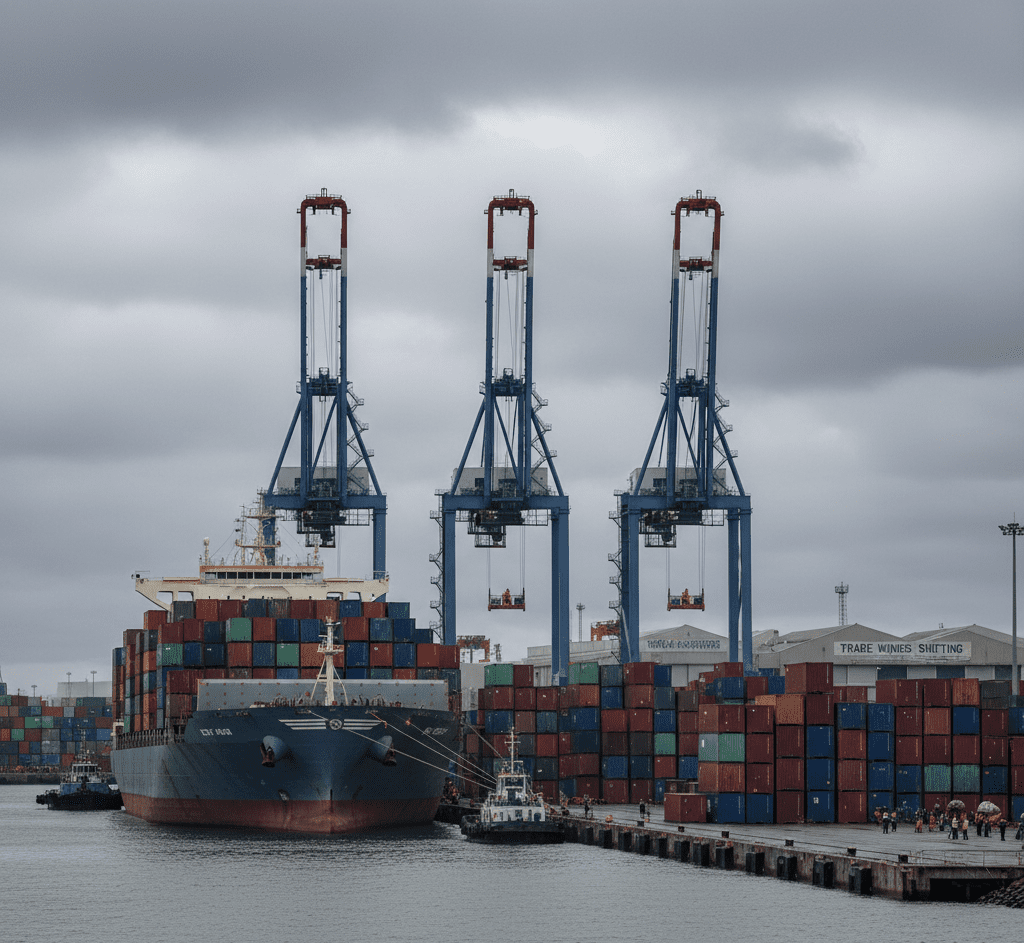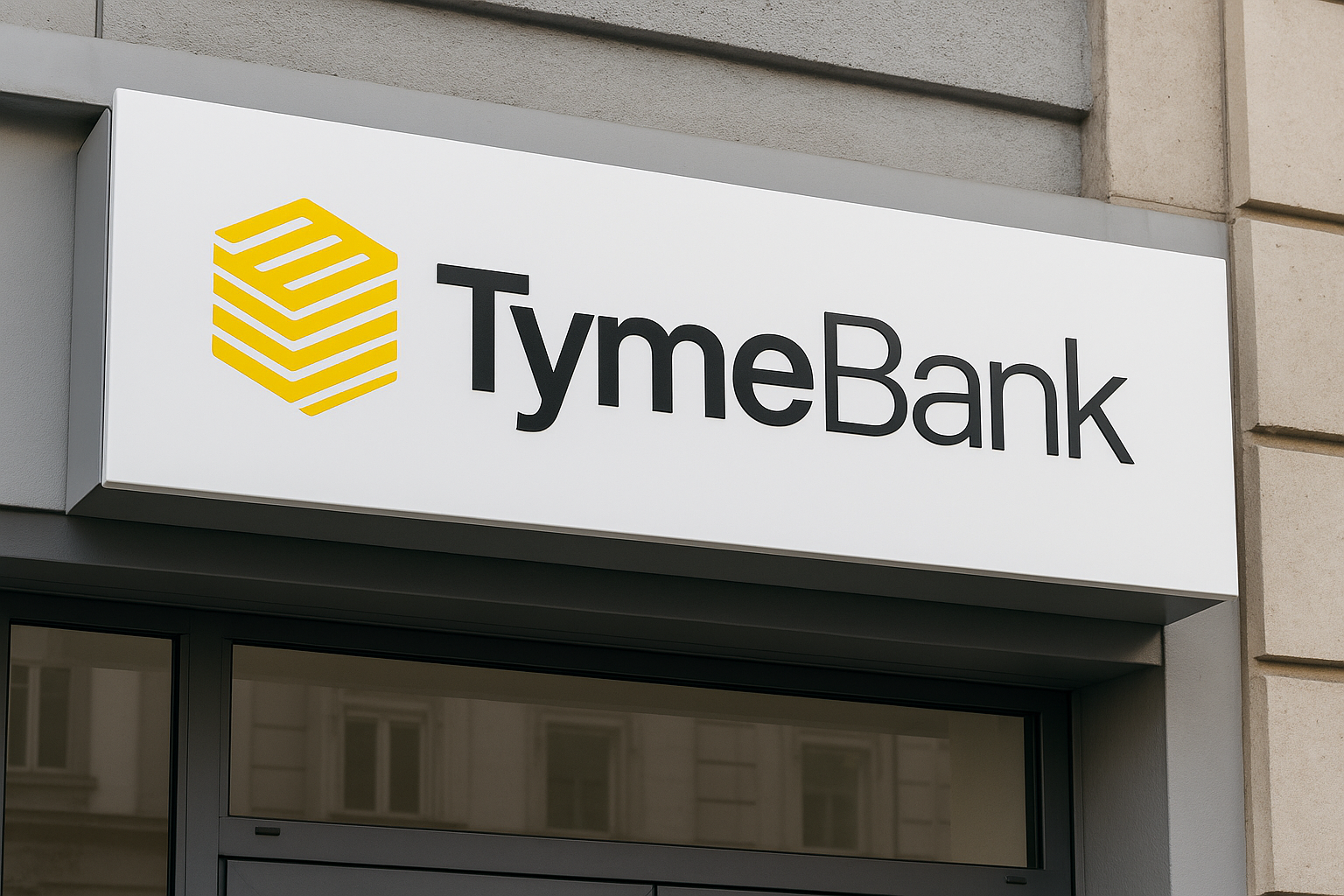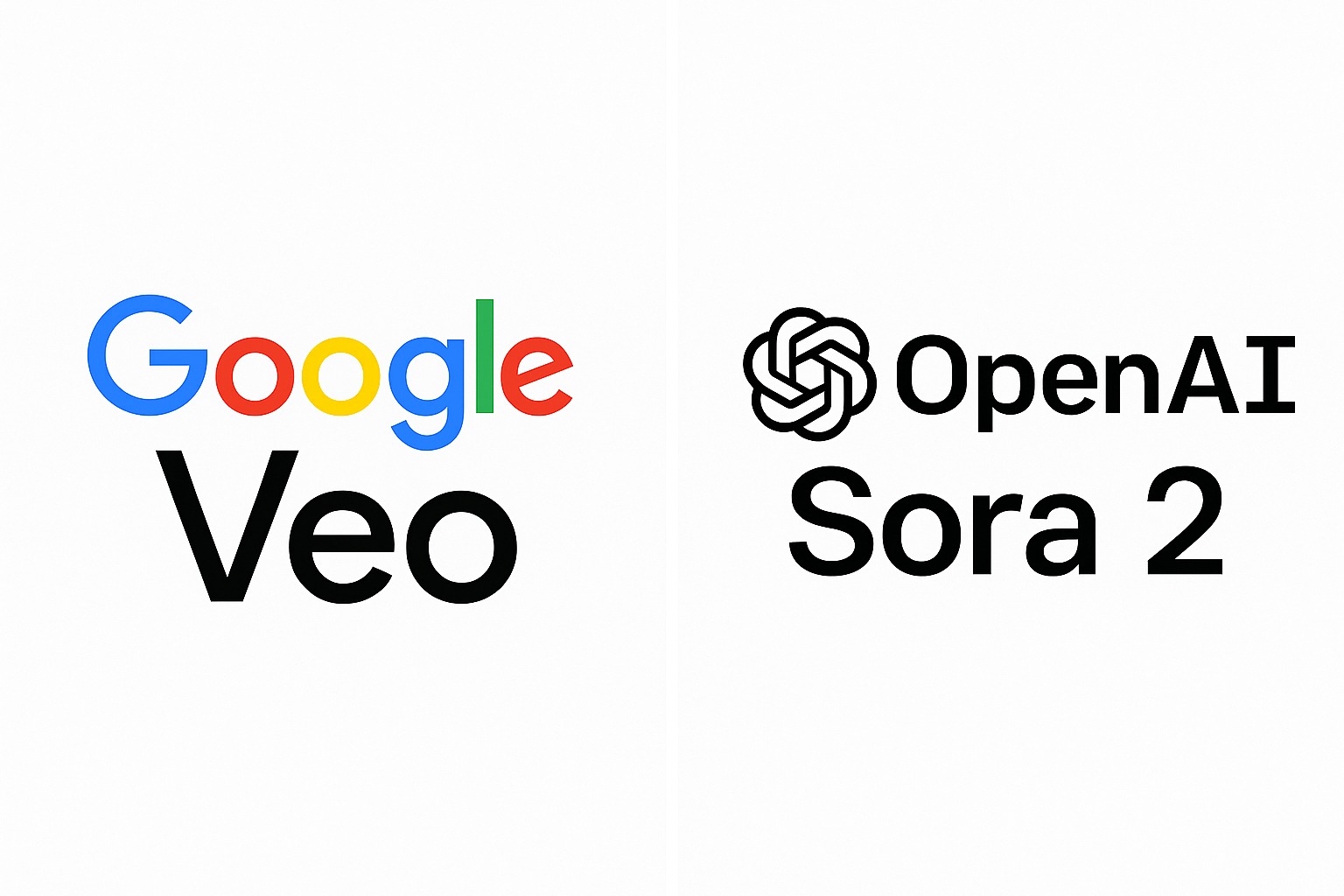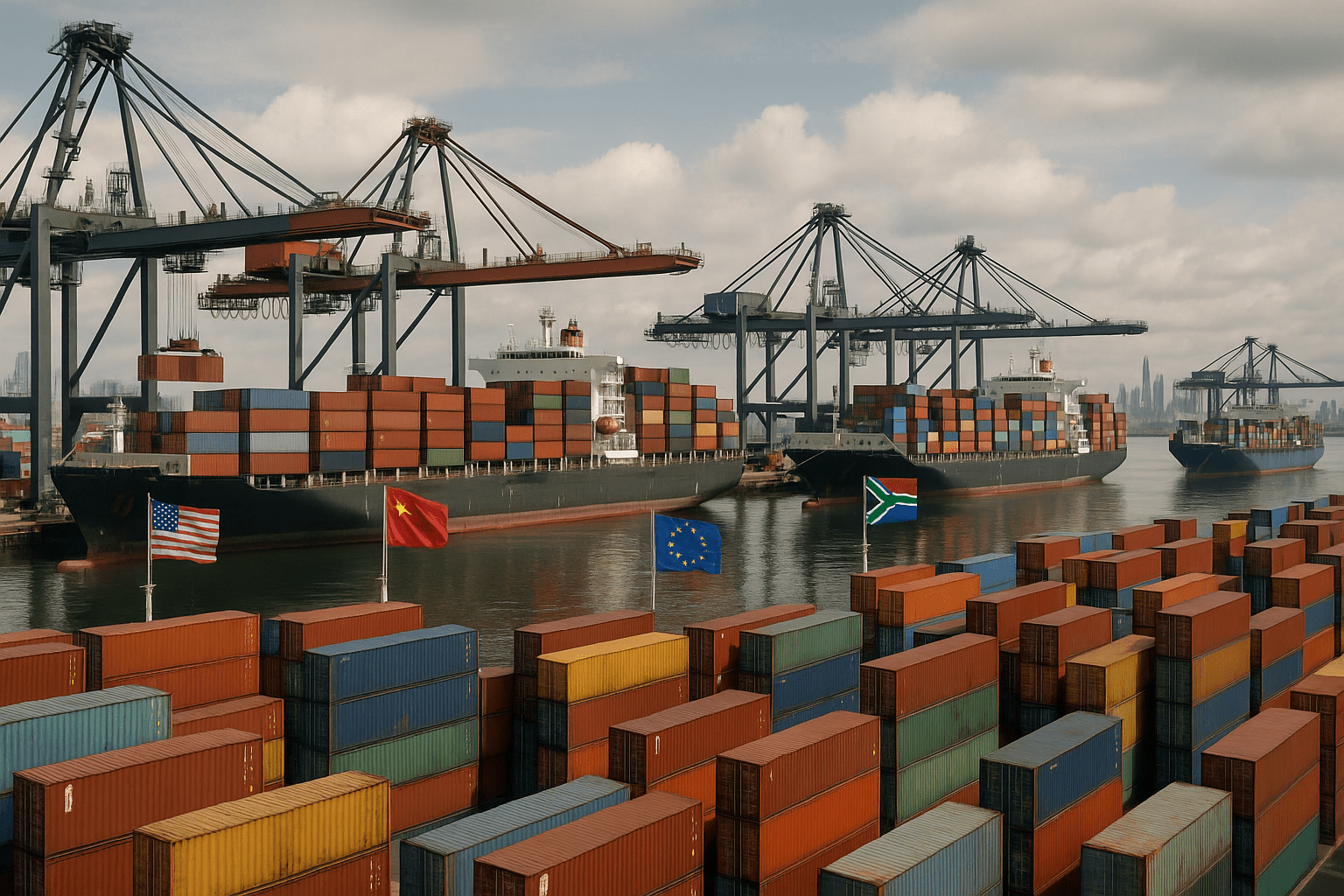Off-Grid Power: What It Really Costs to Go Solar in South Africa
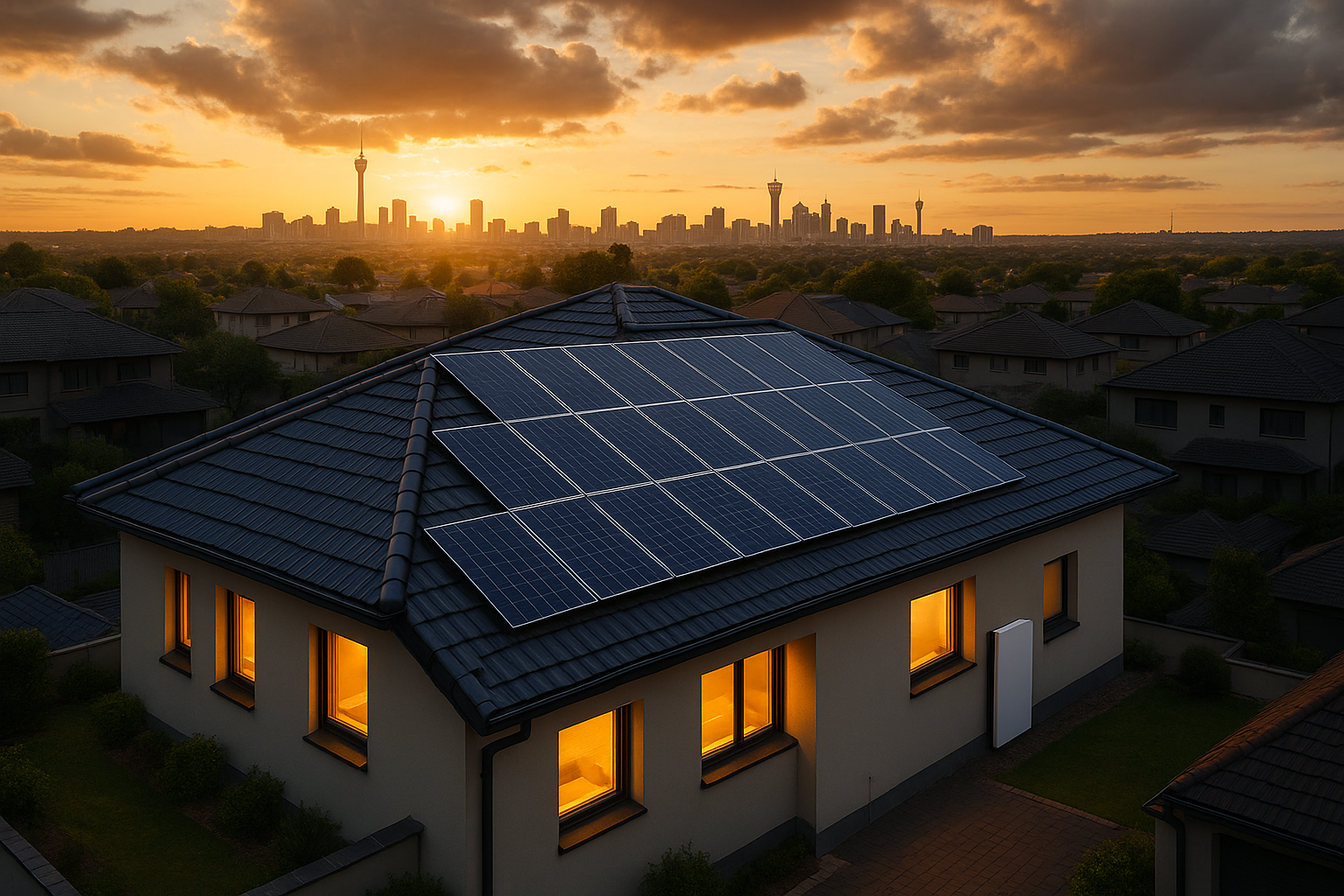
Off-Grid Power: What It Really Costs to Go Solar in South Africa
Load shedding strikes again. Your neighbor’s solar lights are glowing while you’re fumbling for candles. Sound familiar? Thousands of South Africans are asking the same question: “What would it actually cost me to go solar?”
Most online solar cost estimates are misleading. Those R50,000 quotes you see won’t help during load shedding. For a proper setup that keeps your lights on when Eskom fails, the real numbers are different.
The Real Numbers (No Sales Pitch)
For a complete setup that provides backup power during load shedding, expect these costs:
Small home (2-3 bedrooms): R120,000 – R180,000 Average family home: R180,000 – R280,000
Large home or small business: R280,000 – R400,000+
These numbers reflect complete systems that provide meaningful backup power during outages.
What Goes Into That Price Tag
Understanding the component costs helps explain why quality solar installations command premium prices.
The Heart of Your System: Panels and Inverters
Solar panels often get the most attention, but the inverter determines your system’s reliability and longevity.
A decent 5kW solar array with 8-10 panels runs R65,000 to R95,000. This price reflects panels with 25-year warranties – not cheap imports that typically fail within three years.
The inverter represents a critical investment. A quality 5kW hybrid inverter costs R25,000 to R40,000. Budget inverters at R8,000 might seem tempting, but experienced installers report frequent failures and replacements.
Batteries: The Real Game Changer
Battery storage transforms a basic solar system into comprehensive backup power. A 10kWh lithium battery costs R60,000 to R95,000. While expensive, this component provides load shedding protection that grid-tied systems cannot offer.
Battery technology matters significantly. Lead-acid batteries cost roughly half the price of lithium but require replacement every 3-5 years. Lithium batteries last 10-15 years and handle 6,000+ charge cycles, making them more cost-effective long-term despite higher upfront costs.
Installation: Don’t Scrimp Here
Professional installation with a Certificate of Compliance runs R15,000 to R35,000. This cost ensures legal compliance and insurance coverage.
Proper installation is non-negotiable. DIY installations often void warranties and create safety hazards. Insurance companies typically refuse claims for systems without proper certification.
How People Actually Pay for Solar
Most homeowners require financing for solar installations. Several viable options exist:
Solar Loans: Banks Are Finally Interested
Capitec, Nedbank, and Standard Bank now offer solar-specific loans. Interest rates hover around prime plus 2-4%, with repayment terms of 7-10 years.
Example calculation: A R150,000 loan at 14% over 7 years costs approximately R2,800 monthly. Homeowners with R3,500 monthly electricity bills achieve positive cash flow immediately.
Power Purchase Agreements: The “No Money Down” Option
Companies like Hohm Energy offer PPA deals. They install the system for free, you pay them for power at rates below Eskom’s tariffs. It’s like renting solar panels.
The downside? You don’t own the system, so no tax benefits. But for cash-strapped homeowners, it’s a viable path to solar.
Rent-to-Own: The Middle Ground
Some installers offer rent-to-own packages. Pay R3,000-R5,000 monthly for 5-7 years, then the system is yours. Higher total cost than a loan, but easier qualification.
The Regulatory Maze (It’s Actually Not That Bad)
The paperwork situation has improved dramatically. Here’s what you actually need to know:
SSEG Registration: Free Until March 2026
Any system over 1kW must register with Eskom as a Small-Scale Embedded Generator. The process takes 2-6 weeks and costs nothing until March 2026.
After March 2026, expect registration fees to return. Get in early.
Municipal Feed-in Tariffs: Extra Income
Cape Town, Johannesburg, and eThekwini pay you for excess power fed back into the grid. Rates vary from R0.90 to R1.35 per kWh. It’s not retirement money, but it helps.
Section 12B Tax Deductions: Business Owners Take Note
Businesses can claim 100% depreciation on solar installations in the first year. On a R300,000 system, that’s an R84,000 tax saving at the 28% corporate rate.
Real Stories from Real People
Johan from Steenberg, Cape Town
Johan installed 8kW of solar in 2022 for R195,000. His monthly electricity bill dropped from R3,200 to R400. He reports complete satisfaction with the decision and no productivity loss during load shedding.
He’s on track to break even in 2027 and estimates R380,000 in lifetime savings.
A Sandton Marketing Agency
This 12-person agency installed 12kW of solar for R285,000. With the Section 12B deduction, their effective cost was R200,000. Monthly savings of R4,500 mean they’ll break even in 2026.
The agency reports zero productivity loss from load shedding since installation, with the operational continuity alone justifying the investment.
The Hidden Costs Nobody Mentions
Solar isn’t install-and-forget. Here’s what you’ll spend ongoing:
Maintenance and Cleaning
Panels need cleaning every 3-6 months, especially in Johannesburg’s dusty air. Professional cleaning costs R150-R300 per visit.
Annual system checks cost R1,500-R3,000. Inverter repairs average R2,500 every 5-7 years. Battery replacement every 10-15 years will cost R60,000-R100,000 in today’s money.
Insurance Adjustments
Adding solar to your home insurance costs an extra R50-R150 monthly. Some insurers offer discounts for solar homes due to reduced electrical fire risk.
When Solar Makes Sense (And When It Doesn’t)
Solar isn’t right for everyone. Here’s my honest assessment:
Solar makes sense if:
- Your monthly electricity bill exceeds R2,000
- You have an unshaded north-facing roof
- You can afford the upfront investment or qualify for financing
- You’re tired of load shedding disrupting your life
Skip solar if:
- You’re planning to move within 5 years
- Your roof needs major repairs
- You rent your property
- Your monthly electricity bill is under R1,000
Your Solar Journey: A Practical Roadmap
Ready to explore solar? Here’s your step-by-step approach:
Calculate your energy needs: Collect 12 months of Eskom bills to find your average kWh usage
Get three quotes: Use only certified installers – check the SAPVIA installer list
Compare financing options: Look at loan rates, PPA terms, and cash purchase discounts
Plan for permits: Factor in 4-8 weeks for SSEG registration and municipal approvals
Schedule installation: Quality installations take 2-5 days, depending on system size
Monitor performance: Use your system’s app to track generation and savings
Claim tax benefits: Business owners should engage their accountant immediately
The Questions Everyone Asks
Can I really go completely off-grid? Yes, but you’ll need a larger battery bank (20kWh+) and backup generator. Total cost: R350,000-R500,000 for most homes.
What if Eskom’s tariffs drop? Unlikely scenario, but solar still provides backup power value. Your ROI timeline might extend from 7 to 10 years.
Do solar panels work during load shedding? Only if you have batteries. Grid-tied systems without batteries shut down during outages for safety reasons.
What’s the difference between monocrystalline and polycrystalline panels? Monocrystalline panels are 15-20% more efficient but cost 20-30% more. For most installations, polycrystalline offers better value.
Should I wait for battery prices to drop? Battery prices have stabilized. Waiting means missing out on current savings and potential fee increases after March 2026.
My Final Take
Solar makes financial sense for most South African homes and businesses. The upfront investment is substantial, but the long-term savings and energy security justify the cost.
Break-even periods depend on electricity usage, system size, and financing method. Most residential installations pay for themselves within 6-8 years.
The regulatory environment currently favors solar adoption, with free SSEG registration until March 2026. This favorable window won’t last indefinitely.
Solar represents more than financial savings. It provides energy independence, environmental benefits, and operational continuity during load shedding. It eliminates the frustration of power outages disrupting daily life.
The solar industry has matured significantly. Technology is proven, prices are competitive, and regulatory support exists. The primary barrier to adoption is often hesitation rather than practical obstacles.
For those serious about energy independence, current conditions favor immediate action over continued waiting.

